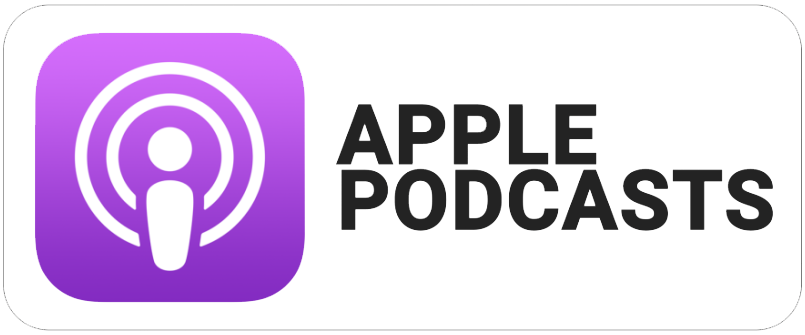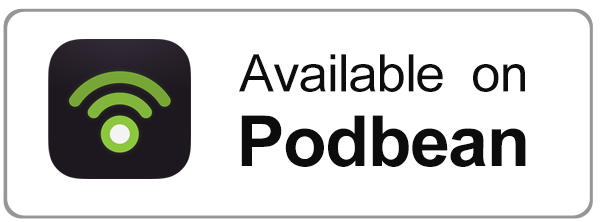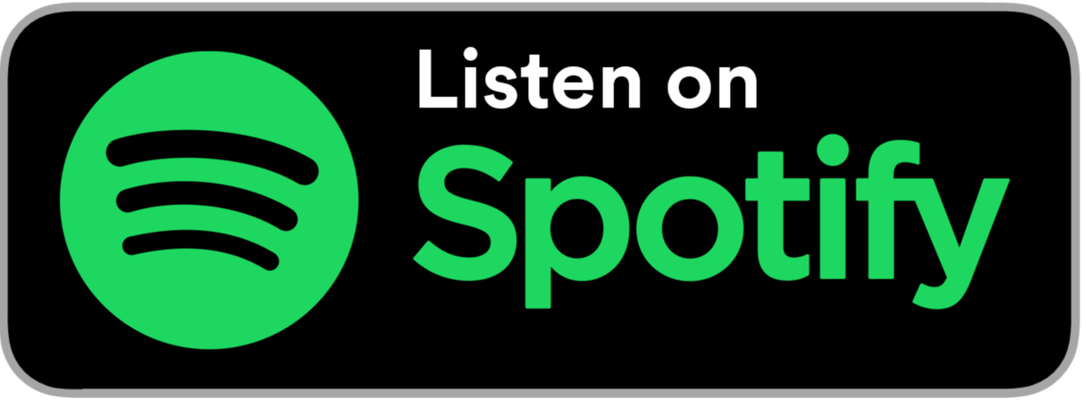Transcript
Hello listeners. We are excited to BLaST the Airwaves with you today and provide educational solutions for all. My name is Rebecca Gibboney and I am the Curriculum and Online Learning Specialist here at BLaST Intermediate Unit 17. I am thrilled to welcome you to this episode of BLaST the Airwaves. Today, we will be discussing technology tools. Is it the tool or is it the task? Is it the new or the old?
I’m going to admit it to you, to all of you, I am the girl that loves the new and loves the sparkly. Not to the extent that I enjoy wearing sparkles. No. But if something’s new, I love to try it. To be honest, this is both good and bad. For example, I like to put myself out there and try new innovative ideas. Good or bad, I’m willing to try.
So, let me get specific for you and give you an example.
A couple of years back my school district went one to one. I received my first-ever (yes, first-ever) iPad. I was so excited and at this time I was what you would call a “green” teacher. I could not wait to create! I found the coolest apps and websites, thinking…My students are going to love these. They will be so engaged. I downloaded app after app after app until my storage cut me off. Figures!
I was set. Then, I started crafting my lessons. What tool could I use to create this lesson? When the first day started, I was ready to roll with new iPad in hand and a sparkle of excitement in my eye. As my high schoolers sat in front of me on their first day of school, I proceeded to give them the lists of apps we would be using for the semester. Guys, they were overly excited. Like jumping out of their seats excited. Okay, I’m lying to you. In fact, it was quite the opposite. They were overwhelmed. They were confused. They were disengaged.
For that semester, heck that year (who am I kidding), I may have used one or two of those technology tools. The rest, well the rest, just clogged up storage space. What was I thinking?
My students literally just received their iPad, and for some of them, like me, it was their first-ever device. They needed to just learn how to turn the iPad on!Let’s just call it for what this teacher moment was…an epic fail. But, that epic fail taught me a lesson that I continue to hold onto: do not let the tool choose the task, the task should choose the tool.
As we bring it back to the present, I cannot help but continue to reiterate this line in my head as I plan professional development and as I continue to help educators make the shift to distance learning.
Do not let the tool choose the task, the task should choose the tool.
We live in a fast-paced world, where everything is at our fingertips. In March, I, myself, couldn’t help but be overwhelmed with the amount of resources out there on social media and flooding my inbox. In fact, overwhelmed may be an understatement. It’s intimidating. Do not get me wrong, it was fantastic! We need these resources. We need the support. But if I allowed myself, I easily could have went down the rabbit hole and real fast.
If you are a current educator right now, I’m sure you are feeling this. You are feeling like you need tools, you need new things. Perhaps you are letting the tool pick the task.
And, I’m here to tell you, you do not need anything new. You do not need to download a gazillion apps.
Thankfully, when diving deeper into the Distance Learning Playbook I was reminded of this and it was refreshing. It was refreshing to see that they had the same experiences, the same views, the same findings. In fact, they recall that all students need in order to be able to be successful in their learning is a tool to find information, use information, create information, and share information. It does not matter how they do it, they just need something.
Fisher, Frey, and Hattie echo “that by shifting the attention from the tools to the functions, we can hone in on what we need to accomplish in order to build students’ capacity in face-to-face and distance learning” (p. 105).
So, sigh of relief, I speak to you today and state you only need a maximum of four tools. Four, that’s it, for your students. A tool to find information. A tool to use, to create information, to share information. And the beauty of it all? You may not even need four tools. You may have two that students really learn to use and that covers all four of these needs.
For example, my students can use Seesaw to use information, create information, and share their information! Then, I just need a source to find information…Google! Or maybe I even provide the resources on Seesaw. At the secondary level, maybe my learning management system, my LMS, is the tool that helps my students find, use, create, and share information. And that is it. That’s it. One tool.
That is one tool that I need to get confident and competent in so that I can best prepare my students to also feel confident and competent in using that tool. And, let’s face it, an LMS system is nothing easy to navigate; there are a lot of moving pieces. But these tools that you identify to help fulfill these student skills, these tools are your foundation. That’s where you start. If you are someone that likes the sparkle like me or if you like to spice it up every once and a while, I’m not saying you cannot add your touch. You definitely can, but make sure the timing is right. Add it when you feel you and your students can handle it. Avoid adding it because it’s the newest thing. Trust me, I know from experience.
Remember it goes back to consistency and routines. Yes, students like new; but, don’t let them fool you. They like procedures. They like the known. Because, look around, everything around them (and you) right now is new. Everything is unknown.
So, grab a post-it and write this down. Hang it on your computer. Post it on your desk. Put it on the mirror.
Let the task choose the tool; not the tool choose the task.
If not for your sanity, do it for the students’ sanity. I promise your students will still be engaged.
We would like to thank you for blasting the airwaves with us today. If you like the show, please subscribe or leave a review. If you want to know more. Check out www.iu17.org for further resources and show notes. As always, we want to thank you for what you do every single day. Remember, keep shining. We’ll be back next episodes to provide you another educational solution for all as we continue to transform lives and communities through educational services.
Additional/Suggested resources mentioned in the episode:
The Distance Learning Playbook by Douglas Fisher, Nancy Frey, and John Hattie
BLaST Intermediate Unit 17 – www.iu17.org
Professional Learning Opportunities at BLaST IU 17 – https://www.iu17.org/professional-learning/



